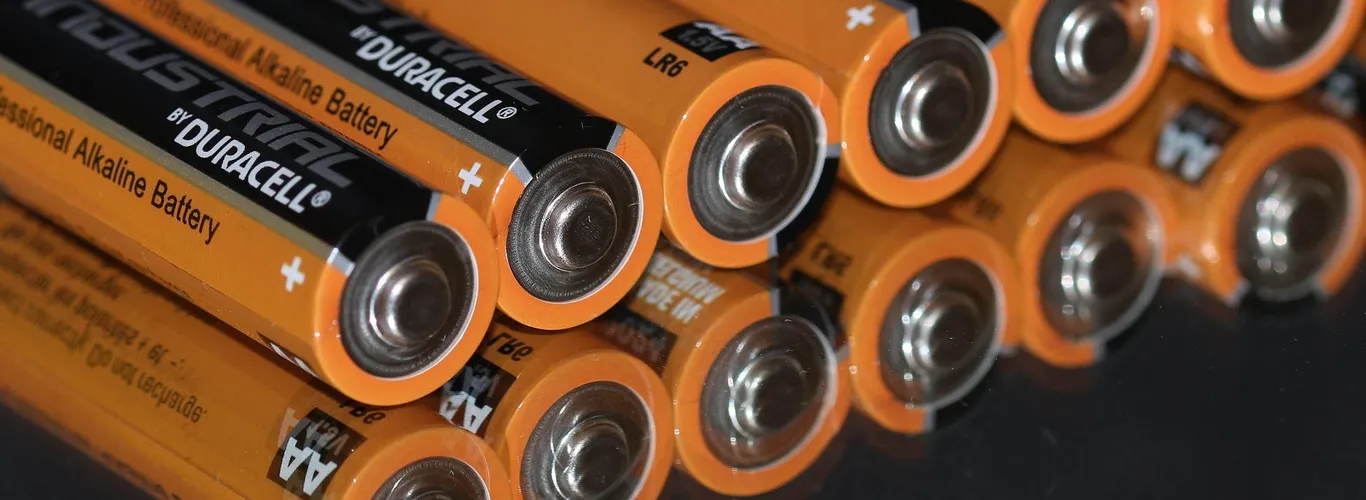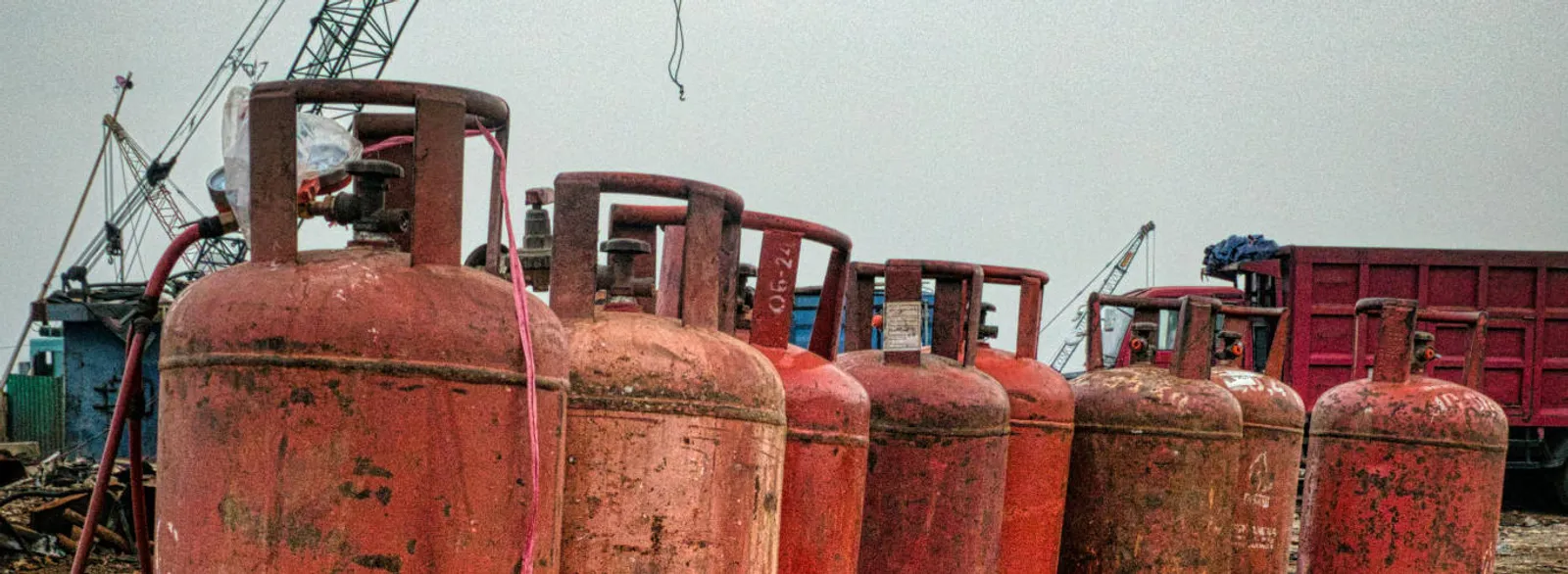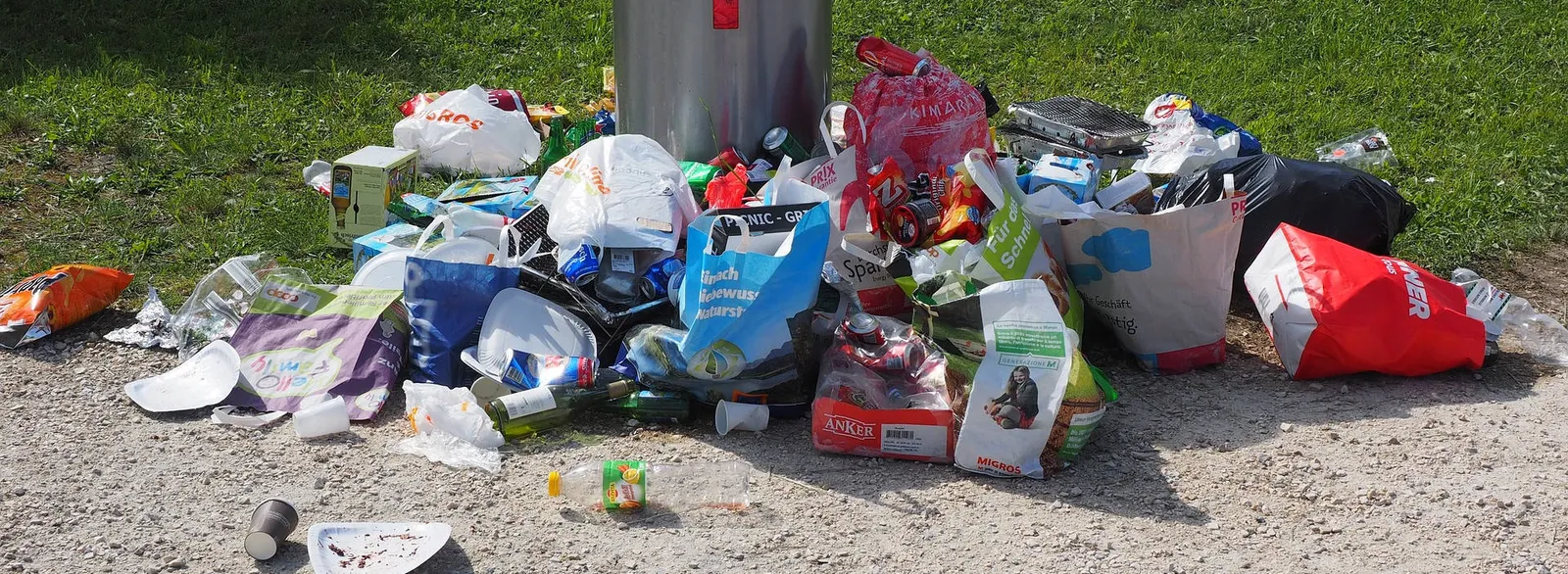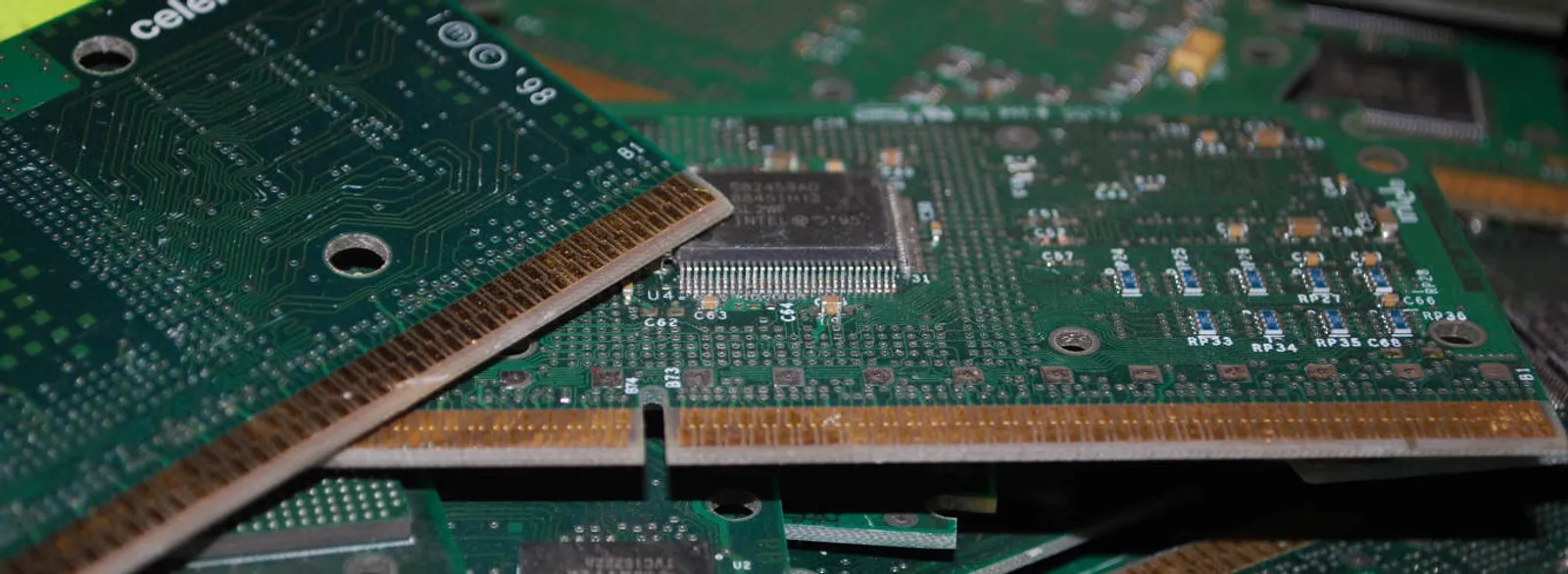If you are interested in ecology and recycling - sign up for our newsletter
Batteries play a crucial role in the decarbonization process and the transition to zero-emission transportation. Used batteries also represent a valuable source of raw materials, the recovery of which will reduce dependence on supplies from third countries. In the face of global climate challenges and increasing economic competition, the new regulations aim to support European industry and promote the development of environmentally friendly technologies.
Over the past decade, global production of lithium-ion batteries has increased by more than 500%, largely due to the popularity of smartphones and electric vehicles.
Comprehensive Regulatory Approach
The regulation covers all types of batteries, including portable batteries, industrial batteries, electric vehicle batteries, and batteries used in light means of transport such as electric bicycles, mopeds, and scooters. The rules outlined in the regulation have been designed to support a circular economy while promoting the responsible use of raw materials. The new regulations introduce a series of requirements regarding collection, material recovery, and extended producer responsibility.
An electric bicycle equipped with a battery can travel approximately 100 kilometers on a single charge, which is equivalent to the amount of energy needed to heat water for three showers!
One of the key objectives of the regulation is to increase the efficiency of collecting used batteries. By 2027, manufacturers will be required to achieve a 63% collection rate for portable batteries, and by 2030, this target will increase to 73%. For light means of transport, separate targets have been set, aiming for a 51% collection rate by the end of 2028 and 61% by 2031. These measures are intended to ensure the maximum utilization of raw materials contained in used batteries, such as lithium, cobalt, and nickel.
Recycling and Waste Minimization
The regulation also sets ambitious targets for the recovery of materials from used batteries, particularly lithium, which is a key component of electric vehicle batteries. According to the rules, the lithium recovery rate must reach 50% by 2027 and increase to 80% by 2031. These values may be adjusted in the future through delegated acts, depending on technological advancements and market changes.
An important aspect of the new regulations is the establishment of minimum levels of recycled materials in new batteries. For industrial batteries and those used in vehicles and machinery, the target values are 16% for cobalt, 85% for lead, and 6% each for lithium and nickel. This will not only reduce waste but also decrease the demand for primary raw materials, which is particularly important given the growing demand for batteries in Europe.
The lithium contained in batteries recycled in just one year in the EU could be enough to produce one million new electric vehicles.
Consumer-Friendly Changes
The new regulations also introduce changes aimed at improving consumer experiences. By 2027, end-users will be able to remove and replace portable batteries embedded in devices themselves. Manufacturers will have sufficient time to adapt their products to this requirement. Meanwhile, battery replacement in light means of transport will need to be carried out by independent, professional entities. These regulations aim to extend the lifecycle of devices and batteries, aligning with the principles of sustainable development.
In Japan, as early as the 1990s, programs were introduced allowing users to return used portable batteries to special containers in supermarkets and electronics stores.
Fair Market Competition
The new regulations aim to improve the functioning of the internal market for batteries, ensuring fairer competition. The rules include criteria for performance, durability, and safety, as well as strict restrictions on hazardous substances such as mercury, cadmium, and lead. Manufacturers are also required to provide information on the carbon footprint of batteries, enabling consumers to make more informed choices.
Mandatory information and labeling requirements have been introduced, covering details about battery components and the content of recycled materials. A new feature is the so-called "battery passport" and QR code, which will facilitate the identification and tracking of battery life cycles. To allow manufacturers time to adapt, labeling requirements will come into effect in 2026, and the QR code obligation will apply from 2027.
Minimizing Environmental and Social Impact
The introduction of the new regulation aims not only to protect the environment but also to reduce the negative impact of battery production and disposal on society. The rules impose due diligence obligations on operators, who will need to verify the origin of raw materials used in battery production. This requirement will not apply to small and medium-sized enterprises, to avoid excessive administrative burdens on smaller entities.
Most of the world's lithium resources are extracted in the so-called "lithium triangle," encompassing Argentina, Bolivia, and Chile—a region where salt is as valuable as metals!
According to the regulations, operators must ensure that raw materials are sourced responsibly and with respect for human rights. This requirement aims to prevent negative social impacts, such as worker exploitation or the destruction of local ecosystems in resource-extracting countries.
The Future of the European Battery Market
The new battery regulation is a milestone in the journey toward sustainable development and a circular economy. Through a comprehensive regulatory approach covering production, use, collection, and recycling, the EU is setting global standards for eco-friendly battery production. The introduced rules not only support European industry but also protect the environment and promote the responsible use of raw materials.
The adopted regulations align with the broader strategy of energy transformation and the fight against global warming. Reducing greenhouse gas emissions, increasing energy efficiency, and developing renewable technologies are priorities that define the future of the European Union. The battery regulation demonstrates that sustainable development and environmental protection can go hand in hand with technological progress and economic growth.
It is estimated that by 2030, Europe will need 15 times more batteries than it does today, indicating enormous growth potential for local manufacturers and recycling technologies.






